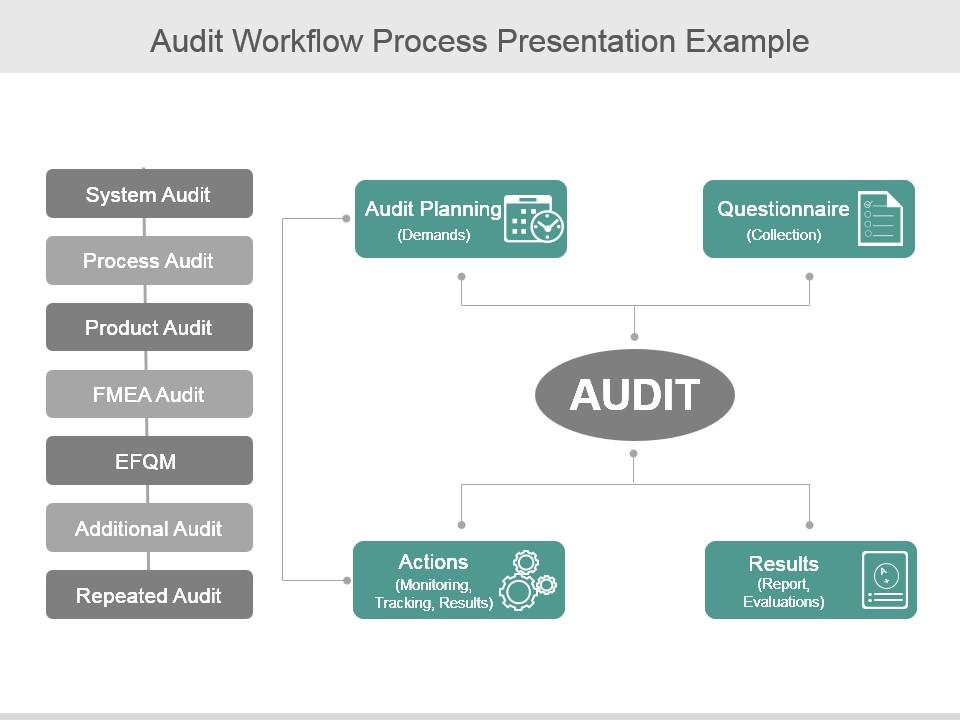Now, don’t let those big words scare you. I’ve been in the trenches, seen the good, the bad, and the utterly confusing. And trust me, once you understand the rhythm of it, it’s not so much a chore as it is a crucial navigation tool for your business. Think of me as your seasoned guide through what can often feel like a digital labyrinth.
Navigating the Digital Maze: My Story of the ERP Compliance Audit Workflow
Remember that feeling when you first started a new job, and suddenly you’re told, "We need to audit our ERP system for compliance"? My heart sank the first time I heard it. ERP – Enterprise Resource Planning – systems are the beating heart of most modern businesses. They handle everything from financial transactions to inventory, customer data, and supply chain logistics. Auditing such a beast for compliance? It sounded like trying to find a needle in a haystack, blindfolded.
But here’s the secret I learned: it doesn’t have to be a terrifying ordeal. With a well-defined ERP Compliance Audit Workflow, it becomes a structured, manageable process. It’s like having a treasure map instead of just being dropped in the middle of a vast, unknown jungle.
Let me walk you through the workflow I’ve come to rely on, the one that has saved me countless headaches and helped countless businesses stay on the right side of regulations and, more importantly, secure.
Why Even Bother with an ERP Compliance Audit? My "Aha!" Moment
Before we dive into the "how," let’s quickly touch on the "why." My "aha!" moment came after a small, seemingly insignificant data breach at a company I was consulting for. It wasn’t just the immediate panic; it was the ripple effect: regulatory fines, reputational damage, loss of customer trust. That’s when I truly understood that ERP compliance isn’t just about ticking boxes; it’s about business resilience, data integrity, and fundamentally, trust.
- Regulatory Demands: Think GDPR, HIPAA, SOX, PCI DSS. These aren’t suggestions; they’re laws. And if your ERP system handles data relevant to these, you must comply.
- Data Security: Your ERP holds the crown jewels of your company. An audit helps ensure that sensitive data is protected from unauthorized access, modification, or destruction.
- Financial Integrity: Accurate financial reporting relies heavily on your ERP system. Compliance audits ensure the controls are in place to prevent fraud and errors.
- Operational Efficiency: Believe it or not, a well-audited system often runs smoother because weaknesses and inefficiencies are identified and rectified.
- Stakeholder Confidence: Investors, customers, and partners sleep better knowing your business is well-governed and secure.
So, the "why" is crystal clear: to protect your business, your data, and your reputation. Now, let’s get to the workflow.
My ERP Compliance Audit Workflow: A Step-by-Step Narrative
Imagine we’re setting out on an important expedition. We wouldn’t just grab a backpack and wander off, right? We’d plan, prepare, explore, and report back. That’s exactly what this workflow does for your ERP system.
Step 1: The Grand Overture – Planning & Scoping
This is where the adventure truly begins. The first thing I learned is that you can’t audit everything at once, especially in a complex ERP system. You need to be strategic.
- Define Objectives: What exactly are we trying to achieve? Are we looking at specific financial controls, data privacy, or a broader system integrity check? Be specific. "We need to ensure our financial reporting module complies with SOX regulations" is far better than "Audit the ERP."
- Identify the Scope: Which modules, processes, and data within the ERP system are we focusing on? Is it just the finance module, or also HR, supply chain, and CRM? This helps contain the beast.
- Assemble the Dream Team: You’ll need a mix of expertise: IT auditors, business process owners, compliance officers, and even someone from legal. Collaboration is key.
- Risk Assessment: Where are the biggest vulnerabilities? Which areas, if compromised, would cause the most damage? This helps prioritize our audit efforts. We’re not just looking for problems; we’re looking for the most critical problems.
- Resource Allocation & Timeline: How much time do we have? What tools do we need? Who is doing what? Laying this out clearly avoids frantic last-minute scrambles.
My Takeaway: Don’t skimp on planning. A clear plan makes the rest of the journey infinitely smoother. It’s the compass and the map for your ERP audit process.
Step 2: Gathering the Clues – Evidence Collection
This is where the detective work begins. We’ve identified our target areas; now we need to gather information to see if everything is working as it should.

